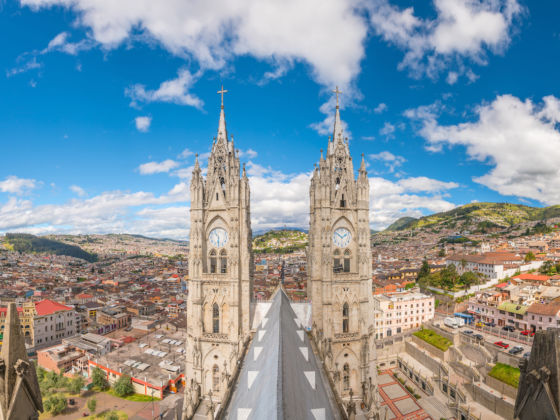[Editor’s Note: This post was originally written as an assignment for the MatadorU Travel Writing Course.]
I SPENT THE SUMMER in Quito, Ecuador, doing research at a nonprofit law office.
Because the office building was located in the center of the tourist district, I frequented the internet cafes in the area and met several backpackers who seemed disappointed with Ecuador’s capital city. After a while, I noticed a pattern. There was one thing every dissatisfied traveler had in common: they didn’t escape Gringolandia.
